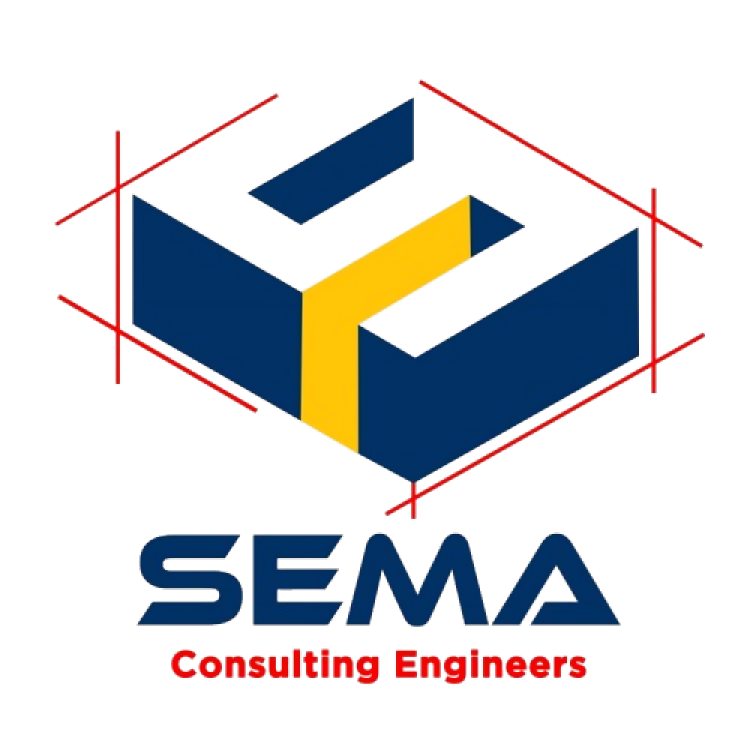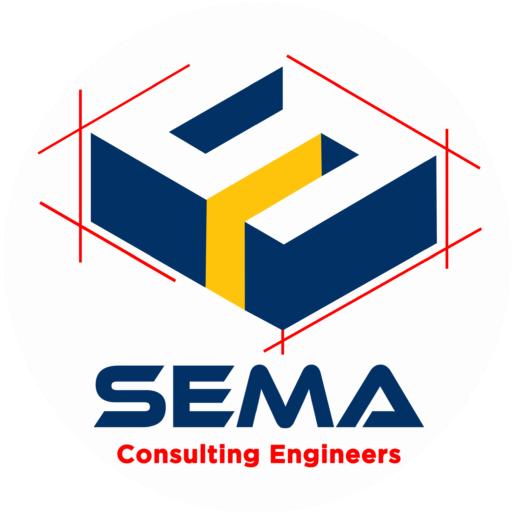Smart Water Management in the Wahen Commercial Building by SEMA Engineering
The Wahen Commercial Building, developed by SEMA Engineering & Consulting, stands out not only for its modern architecture and prime location but also for its forward-thinking approach to water management. As sustainable development becomes a global priority, the integration of efficient water systems is a hallmark of responsible engineering—and SEMA has delivered just that.
💧 A Sustainable Blueprint
Water scarcity and climate change demand innovation. At Wahen Commercial Building, SEMA Engineering has implemented a smart water management system that ensures:
-
Efficient usage
-
Minimized waste
-
Environmentally responsible discharge
These efforts align with global green building practices, enhancing long-term operational efficiency and reducing the carbon footprint of the property.
🏗️ Key Water Management Features
-
Rainwater Harvesting System
The building features a roof-based collection system that channels rainwater into underground storage tanks. This water is filtered and used for:-
Landscape irrigation
-
General cleaning
-
Flushing systems
-
-
Greywater Recycling
Used water from sinks and showers is processed and reused for non-potable purposes. This reduces overall water demand and supports eco-conscious operations. -
Low-Flow Fixtures
All restrooms and kitchen areas are equipped with low-flow faucets, toilets, and urinals, significantly lowering water consumption without compromising functionality. -
Leak Detection Technology
The building includes a real-time monitoring system to detect leaks early, preventing water damage and saving thousands of liters annually.
🏙️ Urban Impact
Beyond the building itself, the water management strategy minimizes stress on the municipal water supply and helps manage stormwater runoff, reducing the risk of urban flooding—a common issue in densely populated commercial areas.
🌿 A Model for the Future
SEMA Engineering has set a new benchmark with the Wahen Commercial Building, showing how integrated water management systems can coexist with cutting-edge design and commercial utility. This project serves as a model for future urban developments aiming to be eco-friendly, cost-effective, and resilient.

